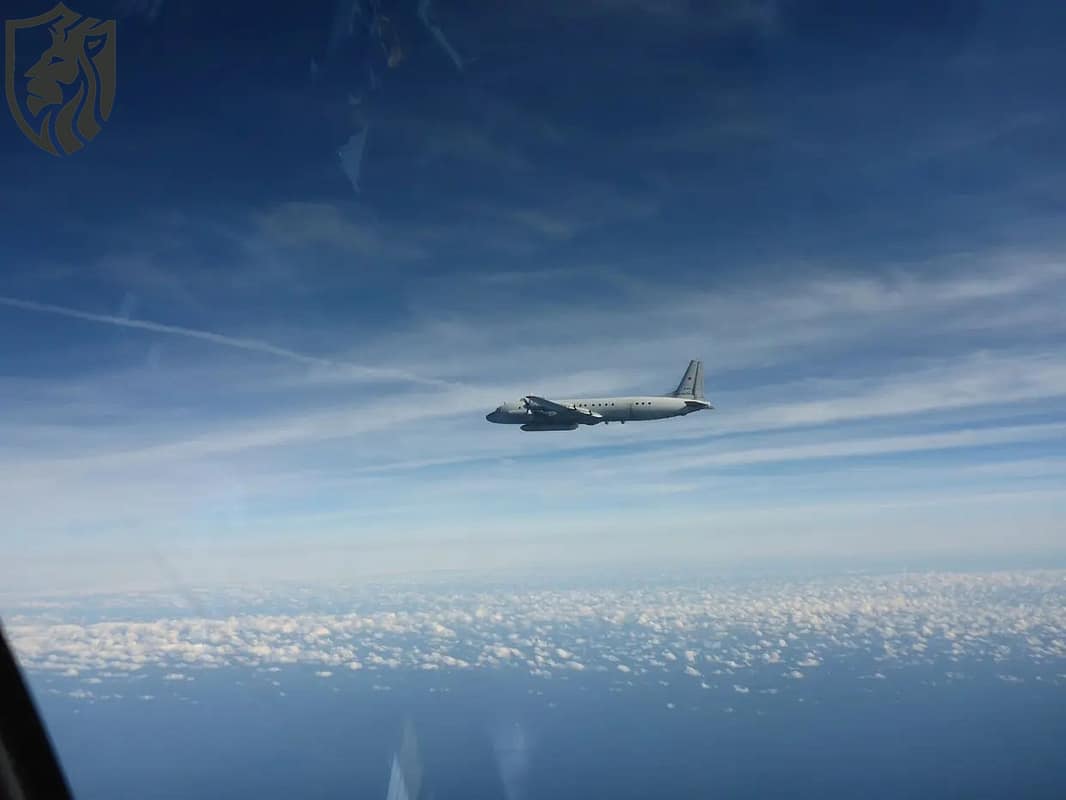
F-16s Intercept Russian Spy Planes Near Alaska Twice
U.S. Air Force Responds to Russian Surveillance Flights
In an alarming situation, F-16s intercept Russian spy planes near Alaska in back-to-back incidents this week, highlighting the ongoing strategic competition in the Arctic region. According to the North American Aerospace Defense Command (NORAD), U.S. jets intercepted Russian IL-20 surveillance aircraft on both Wednesday and Thursday.
Details of the Interceptions
On Wednesday, NORAD scrambled two F-16 Fighting Falcons, supported by a KC-135 Stratotanker for aerial refuelling, to monitor the Russian spy aircraft in the Alaskan Air Defense Identification Zone (ADIZ). The following day, F-16 Fighting Falcons intercept Russian spy planes near Alaska again, this time with the additional support of a KC-135 and an E-3 Sentry Airborne Warning and Control System (AWACS).
NORAD confirmed that the Russian aircraft remained in international airspace and did not violate U.S. or Canadian sovereign borders. However, their repeated presence within the ADIZ required immediate monitoring, and in the future, deterrence is required.

Strategic Significance of the Alaskan ADIZ
The Alaskan ADIZ is a defined section of international airspace that extends from the boundary of sovereign territory. Aircraft entering the zone must identify themselves for national security reasons. F-16s intercept Russian spy planes near Alaska regularly, as Russian forces frequently test U.S. and Canadian readiness in the region.
These activities are not considered a direct threat, but they serve as reminders of Moscow’s enduring interest in probing North American defences. NORAD previously recorded Russian flights in February, April, and July, marking a consistent pattern of activity.
NORAD’s Layered Defence Network
F-16s intercept Russian spy planes near Alaska thanks to NORAD’s layered detection system. The command integrates satellite coverage, ground-based radars, airborne sensors, and rapid fighter response to track incursions. Once NORAD identifies the aircraft, it coordinates with allied commanders to determine appropriate responses.
The combination of fighter jets, AWACS, and aerial refuelling assets demonstrates NORAD’s ability to project sustained surveillance, identification, and deterrence. This approach ensures that even routine Russian flights are met with swift and professional interceptions.

Ongoing Pattern of Russian Activity
While F-16s intercept Russian spy planes, particularly Ilyushin Il-20s near Alaska, regularly, NORAD stresses that such events are part of long-standing military behaviour. Analysts suggest these reconnaissance missions allow Russia to map U.S. response times and readiness levels. As Arctic geopolitics intensify, such encounters will likely continue to shape regional security dynamics.








